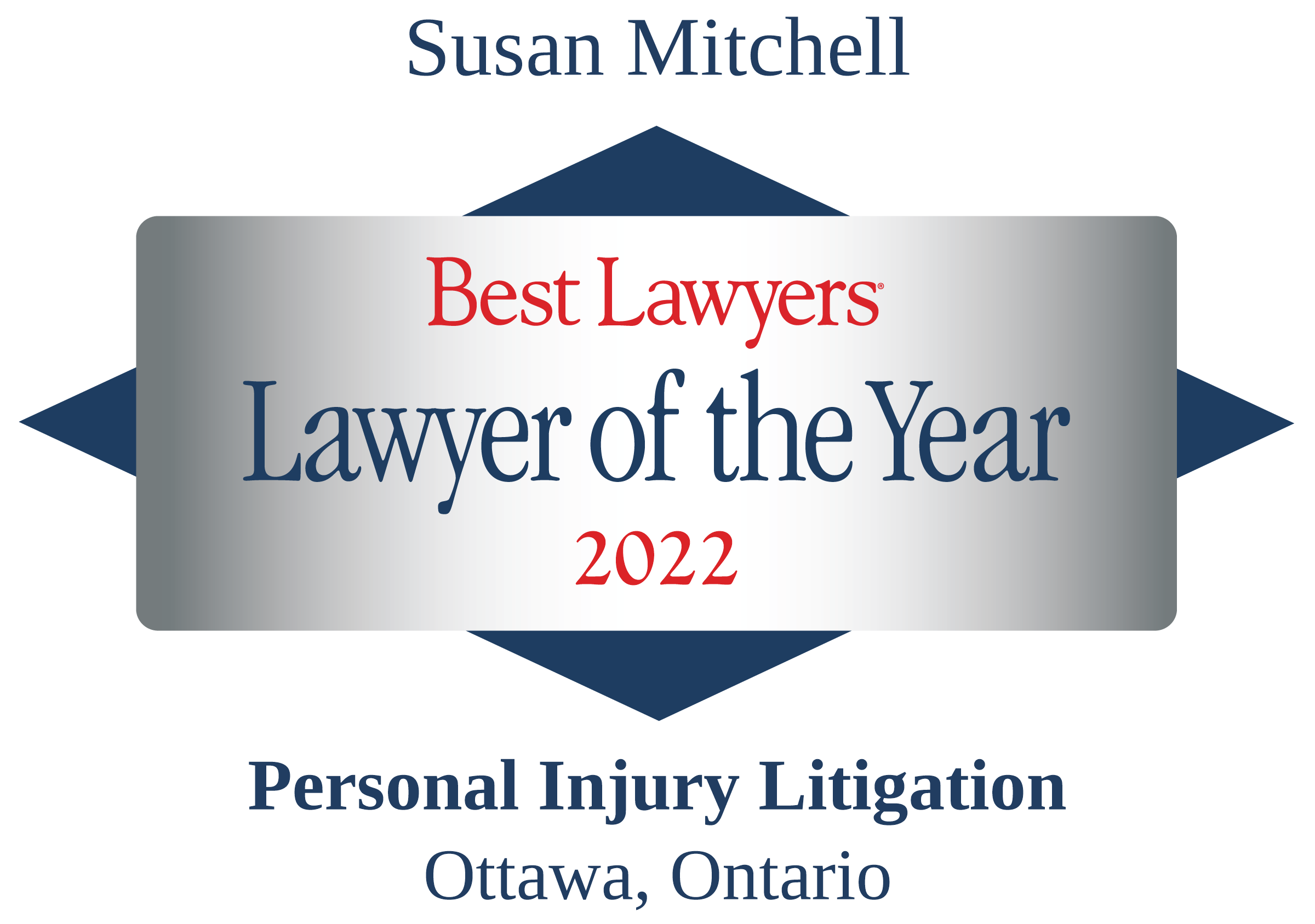As developers, homeowners, and business owners are all too aware, municipal bylaws can play a key role in determining how property should be used and what permits are needed to amend existing property. In this sense, minor variances play a unique role in accommodating the diverse needs and circumstances of property owners while also recognizing the importance of zoning bylaws.
Below, we’ll dive into what minor variances are in the context of Ontario municipal law, how they function, and what the application process looks like for obtaining a minor variance for property.
What is a Minor Variance in Ontario?
Minor variance refers to a form of relief allowing property owners an exemption from the terms of a municipal zoning bylaw where the use of the property and the bylaw are at odds.
Examples Where a Minor Variance Might be Sought
To provide further clarity on when you might seek a minor variance, we’ve provided some examples below:
- Side Yard Setback: Perhaps you want to build an addition to your house, but due to existing setback requirements in your municipality’s zoning bylaws, you find out that you would not be able to build as far out as you’d like to. In this situation, you might apply for a minor variance asking the municipality to reduce the setback requirement and build the addition to your specifications.
- Building Height Restrictions: If you’re a developer, you might be planning to build a new residential building on a lot. However, your zoning bylaws might specify a height limit that does not accord with the planned height of your building or otherwise limit your plans. In this situation, you might apply for a minor variance asking the municipality to allow you to exceed the height restriction.
- Parking Requirements: As a business owner, you might intend to start a restaurant, yet your municipality’s zoning bylaw requires you to have a minimum number of parking spaces outside the restaurant and your commercial space cannot accommodate it. In this situation, you might apply for a minor variance to reduce the parking requirement.
- Operating a Home Business: If you’re planning to operate a home-based business, your municipality’s zoning bylaw might prohibit certain types of commercial activities within residential areas. In this situation, you could apply for a minor variance to obtain permission to operate a business out of your home.
As the above examples demonstrate, applying for a minor variance can be useful for homeowners, developers, and business owners.
How Do Minor Variances Work?
Now that we’ve covered what minor variances are and some common examples where homeowners, developers, or business owners might try to obtain a minor variance, you’re probably wondering how minor variances work?
While the process can vary based on where you live, generally, you’ll apply for a minor variance through your municipality. After submitting your materials, the municipality will review your minor variance application and a Committee of Adjustment, who will ultimately decide whether or not to approve the variance.
Below, we’ll provide a bird’s eye view of what a minor variance application can look like. Remember, however, that the process and requirements can vary based on your municipality, and it’s best to confirm the appropriate steps with your local government or consult with an experienced public law lawyer for guidance.
Consult with Municipal Staff
As noted above, obtaining a minor variance starts with applying with your municipality.
Depending on the circumstances, you might consult with municipal staff in advance to determine whether it is worthwhile to submit an application and whether there is any particular information that you’ll need for your application. For example, the City of Markham recommends that applicants contact the Building Department to obtain a Zoning Preliminary Review (ZPR) before submitting their minor variance application. This review helps identify the zoning requirements and development standards that apply along with the relief needed from the zoning bylaw to proceed with your proposed plan.
Applying for a Minor Variance
For the application itself, you’ll need to clearly outline what you intend to do and how your plans differ from the requirements of your zoning bylaws. Specifically, you’ll likely need to outline all of the variances required by the zoning bylaw to complete your proposed plans.
Here, providing a compelling reason for deviating from your zoning bylaws is crucial: it’s not enough to simply say you want to do something. You’ll need to outline factors like the impact on your surrounding community (or lack thereof), potential restrictions at your site, or even the benefits of the minor variance (for example, if you’re planning to open a restaurant yet will not be able to meet the zoning bylaw’s parking restrictions, you’ll likely want to focus on the positive benefits of having a restaurant in the community or the availability of public transportation).
You may also need to prepare an impact assessment for your application, which will help assess your proposed plans’ potential positive and negative impacts within the municipality.
Receiving Municipal Feedback
Depending on the application and circumstances applicable to your municipality, you might receive feedback from municipal staff before your application progresses. Ideally, you will work with municipal staff to identify any potential issues identified while they are reviewing your application. If necessary, you may need to revise your application, resubmit your plans, or provide additional information at this time.
Notice of Hearing
Under Ontario’s Planning Act, R.S.O. 1990, c. P.13, all property owners within 60 metres of the property for which a minor variance is sought must be provided with a notice of hearing at least 10 days before the Committee of Adjustment meeting (more on that below). A notice sign must also be placed on the property at least 10 days before the meeting. If any individual wishes to provide comments or raise concerns in relation to the minor variance application, they are entitled to do so during this time, and those comments or concerns will be considered at the Committee of Adjustment meeting.
Committee of Adjustment Meeting
The Committee of Adjustment is an administrative tribunal that makes decisions under Ontario’s Planning Act, R.S.O. 1990, c. P.13 for, among other things, minor variance applications. At the Committee of Adjustment meeting, the Committee will ultimately determine whether the minor variance application should be approved, denied, or approved with conditions.
In considering whether a minor variance application should be approved, denied, or approved with conditions, the Committee of Adjustment will consider the following as outlined by s. 45(1) of the Planning Act, R.S.O. 1990, c. P.13:
- Is the application minor in nature?
- Is the requested variance desirable for the appropriate development or use of the land, building, or structure?
- Does the requested variance maintain the general intent and purpose of the Zoning Bylaw?
- Does the requested variance maintain the general intent and purpose of the municipality’s Official Plan?
The Committee of Adjustment will typically provide a verbal decision at the meeting and provide a written decision to the applicant within 10 days of the Committee of Adjustment meeting.
Appealing a Minor Variance Decision
If a minor variance applicant disagrees with the Committee of Adjustment’s decision on their application, they have the right to appeal the decision to the Ontario Land Tribunal within 20 days of the decision.
Contact Tierney Stauffer LLP’s Public Law Lawyers in Ottawa
Tierney Stauffer LLP’s experienced public law lawyers can help if you are considering bringing a minor variance application or an application before an administrative tribunal. Our team has diverse experience in multiple areas of the law and can assist our clients with various public law needs.
To learn more, call us at 1-888-799-8057 or contact us online for a consultation with a member of our team.


